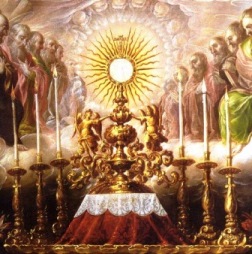 Can call on you knowledgeable readers to help this priest with a question?
Can call on you knowledgeable readers to help this priest with a question?
From a priest:
I have looked everywhere for an answer to the question of the required (not just proper) color for exposition of the Blessed Sacrament during Lent (and other seasons). I know that the CDW, in Eucharistiae sacramentum, 92, mentions that the benediction is to be done with a white cope and humeral veil, but what about the act of exposing the Sacrament, apart from the rite of Benediction? At the seminary where I teach, I saw the transitional deacon using a purple cope to expose the sacrament. I’m pretty sure this is wrong — I believe he should have worn white. But is there a document I point to so that this can be corrected?






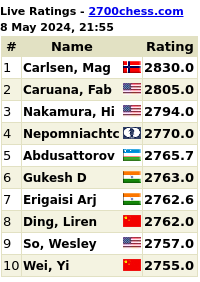


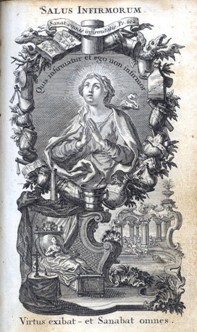
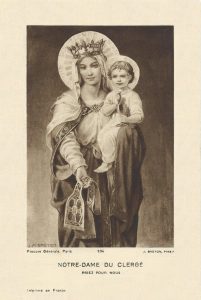
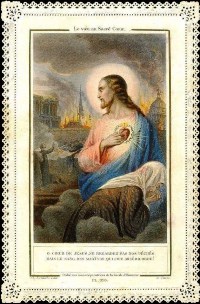








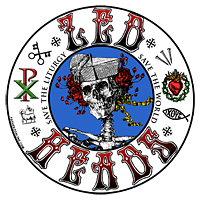




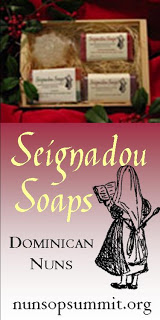





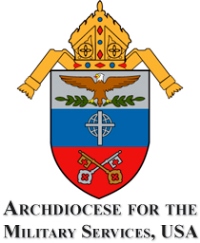

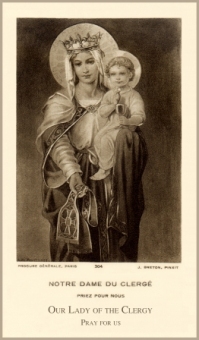
If Exposition is connected somehow to one of the Hours of the Divine Office, like Vespers, the cope is the colour of the day but the humeral veil is always white. If Exposition stands alone, then white is used.
I concur with Fr. K. Often I have Exposition and Benediction after Stations, and if that is the case I don’t change from my violet cope to a white cope, I just wear the violet cope and use a white or gold humeral veil.
The rule of thumb is that if a liturgy is connected to the calendar, then it is the color of the day. If the liturgy is independent of the calendar then it is violet if penitential in nature and white otherwise. The exceptions would be for the Holy Cross and martyrs which would be red. So the only way Eucharistic Adoration wouldn’t be white is if it was joined to another ceremony that used another color.
We recently had the same discussion at my seminary and agreed that, should exposition and benediction occur within the context of the liturgy of the hours, then violet would be appropriate (with a white humeral veil) but otherwise it should be white for everything.
I hope that Fr. Dana is correct, as I have listened to this counsel from him personally and have put it into practice!
“Vestments. The celebrant at Benediction wears a surplice, stole and cope.
“The colour for Benediction is white. But if it follows a liturgical Office immediately and the celebrant does not leave the altar, if he is already wearing a cope of the colour of the office he may give Benediction in this (unless the colour of the Office be black). [S.R.C. 1615 §6, 2562, 3175 § 3, 3799 §2, 3949 §7, 4269 § 13] But he must put on a stole under the cope, which will be of the same colour. In any case the humeral veil is always white. The celebrant may wear amice, alb, girdle, stole, and cope; this should be his dress, if there are assistants in dalmatic and tunicle or of there is a procession. [S.R.C. 3201 § 6, 3799 §1, If the celebrant has a right to the rochet, he wears it and an amice under the cope.] These assistants wear amice, alb, girdle and dalmatic or tunicle. The deacon wears also a stole, diagonally, from the left shoulder to under the right arm. The priest or deacon who exposes the Blessed Sacrament, if he is not one of the two assistants, wears a surplice, and, at the moment of opening the tabernacle and exposing, as also when he replaces the Blessed Sacrament, a stole. He may carry the stole, over his arm, to the altar or it maybe left on the credence beforehand. This stole will be the colour worn by the celebrant. [S.R.C. 4268 § 8]”
Source: Adrian Fortescue, J.B. O’Connell & Alcuin Reid, The Ceremonies of the Roman Rite Described, Fifteenth Edition (2009), pg. 296.
“Exposition of the Blessed Sacrament
“…The Blessed Sacrament is exposed by a priest or deacon in surplice and white stole. If the Exposition beings immediately after Mass the celebrant of Mass may place the Blessed Sacrament on the throne. In this case he wears the Mass vestments, except the maniple, which should be first taken off….”
Source: Ibid., pg. 304.
as per:
CEREMONIES OF THE MODERN ROMAN RITE
The Eucharist and the Liturgy of the Hours
a manual for clergy and all involved in Liturgical Ministries
by Peter J. Elliott (He is now Bishop Peter J. Elliott in Australia/my notes)
Ignatius Press
published in 1995 when Bishop Elliott was then Mons. Peter J. Elliott
Pontifical Council for the Family, Vatican City
Chapter 11 EUCHARISTIC ADORATION
article 681 page 250
“The Liturgy of the Hours, especially Lauds and Vespers may be celebrated before the Blessed Sacrament exposed. In this case the celebrant goes to the chair to commence the office, described below in Chapter 12. During the incensation of the Altar the celebrant and deacon(s) genuflect together whenever passing the Monstrance. The copes, dalmatics and stoles should be of the color of the day or season, but the humeral veil is white.”
I found no other place where the color is mentioned except in the case where a Bishop leads a procession and he wears a white cope.
Article 707 “If he celebrated the Mass he wears vestments, otherwise a white cope”
This I found in wikipedia
As regards liturgical colours, the cope usually follows the color assigned to that day in the liturgical calendar, although white may always be worn for celebrations of a joyful character or before the Blessed Sacrament, and violet may always be worn for celebrations of a penitential character. It may be made of any rich or becoming material, including cloth of gold (which may be used in place of any colour except violet or black).
The above quote would only be useful for the EF. For the OF refer to Bishop Peter Elliott’s excellent book ‘Ceremonies of the Modern Roman Rite.’